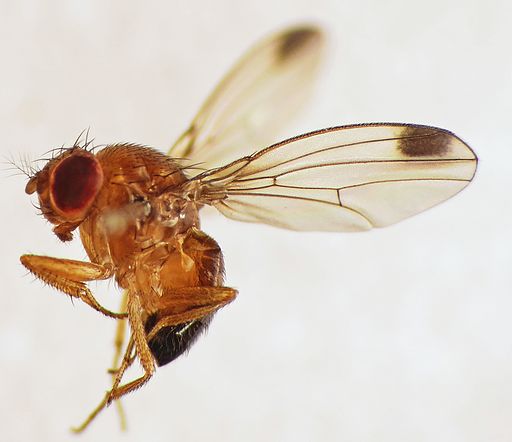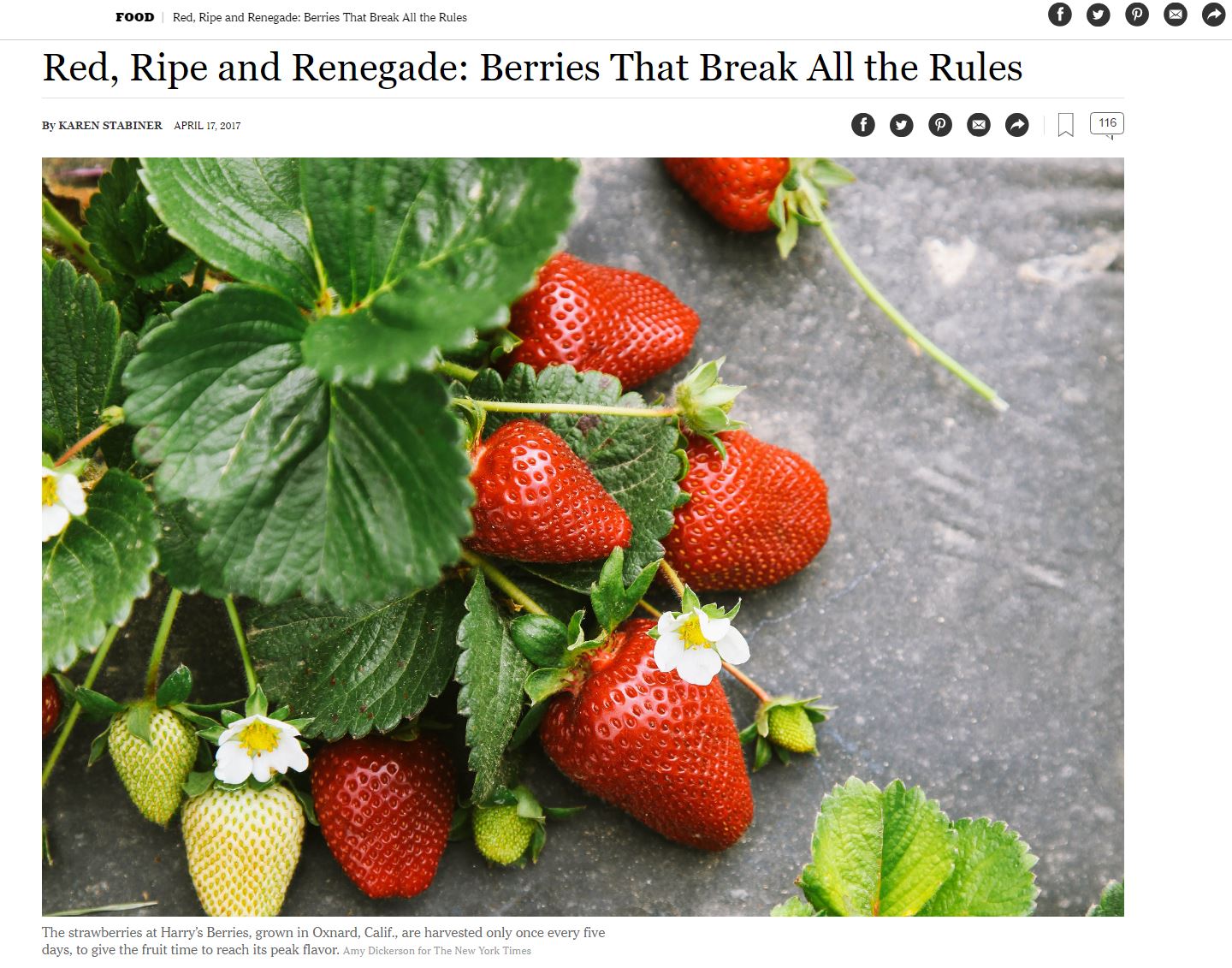Farming has been part of the Tomion’s Farm family for so long that co-owner Alan Tomion is stumped when asked when they first established the business. He laughs and explains, “My great-grandfather started growing strawberries, and my father added vegetables. Then I expanded it with raspberries, hay, rhubarb. So it’s definitely been over 50 years. The farm has always been in our family.”
Located in the Finger Lakes in Penn Yan, the 160-acre Tomion’s Farm and store is open year-round, and sells strawberries, red raspberries, and blackberries, as well as a variety of fruits, vegetables, and live plants. The operation is primarily retail, with wholesale strawberry sales in the summer. The store also offers fresh baked goods and a selection of gifts.
Alan’s wife and co-owner, Crystal Tomion, runs the farm market, and oversees a handful of year-round part-time employees. Two of the couple’s sons have also joined the business.
While SWD was an issue for the Tomions’ fall raspberries a few years ago, the farm’s proximity to the Geneva Experiment Station has allowed them to benefit from the expertise of Professor Greg Loeb, who has conducted research on the farm, and their strawberry crops have been unaffected. Instead, the biggest challenge has been finding summer laborers. Alan says, “There needs to be some kind of program for workers who aren’t citizens to be able to make a living and not be hassled,” and notes that tightening restrictions against noncitizen workers have reduced their seasonal prospects from 100 to about a dozen.
Another challenge originates closer to home. The local Mennonite community, with their larger families and tradition of training their children as the next generation of laborers, are able to sell produce at a much lower price than farms with higher labor costs. “They’re stiff competition,” Alan admits.
Also stiff competition: grocery stores that sell peeled and washed produce and prepackaged dinners, and that target their marketing toward busy families and career people. “Older customers know that local berries have a lot more taste and nutrition,” Alan says. “But we’re slowly losing our older customers. Eating habits among younger people have changed quite a bit. They go out to eat more and buy more premade meals. And they don’t buy extra to freeze, like our older customers do.”
Still, Tomion’s Farm, which benefits from its high-visibility location on the busiest highway in the county, has succeeded for more than half a century by sticking to its mission of providing high-quality local foods. Alan and Crystal used to do more marketing and advertising, but ultimately decided that the cost outweighed the extra revenue that was needed to cover it. They now rely on their website and Facebook page, a few ads in local newspapers and magazines, and the word of mouth of customers, to spread the berry gospel.
Although Alan loves seeing first-time customers turn into repeat customers, for him, it all comes back to getting hands-on in the earth. “Farming is in my blood,” he says. “I just enjoy watching my crops grow.”







